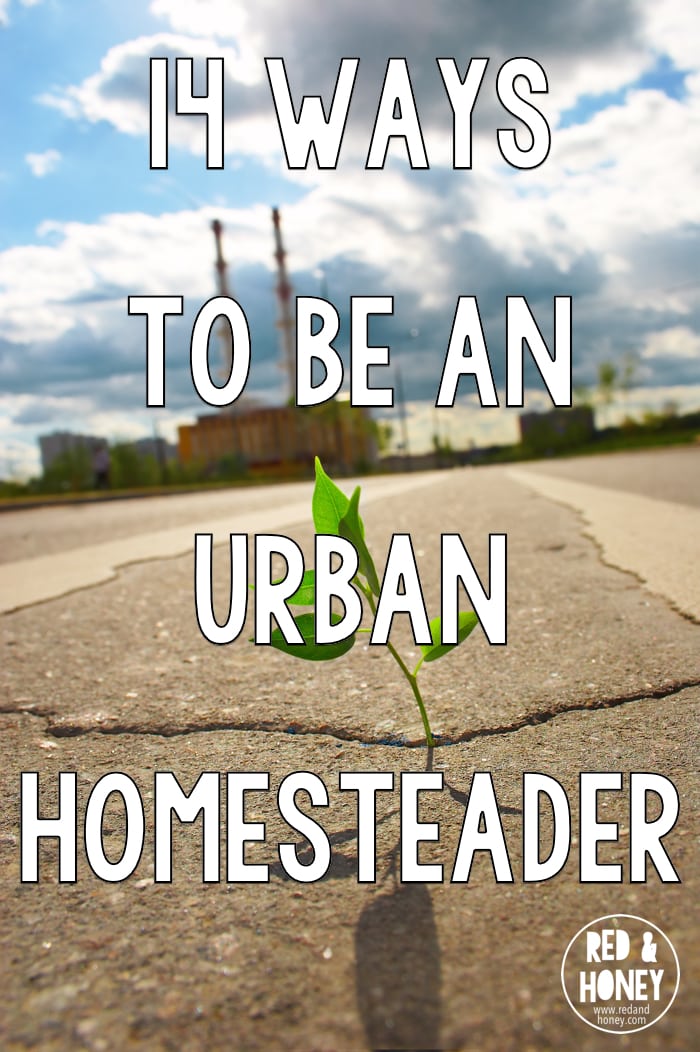
I live in the suburbs of a city of seven million people.
We rent the main part of a house in a solidly middle-class neighbourhood where it’s cool to recycle, sure, but anything beyond that is just plain weird. I am the weirdo of the neighbourhood, and I’m ok with that.
Being a city-dweller, I often lament my lack of wide open space and closeness to nature. I don’t have several acres and space for a humungous garden. I don’t have room for a chicken coop (plus, it’s illegal). I don’t even have my awesome clothesline hung up because I can’t figure out exactly where it could go.
Are you an urban dweller too? Whether you are in the heart of the city or in the commuter ‘burbs, city folk often find themselves pining away for more opportunities to tend the earth.
I often complain about my serious inability to really go all eco-friendly crazy crunchy mama because of the darn city bylaws and breathing-down-your neck neighbours and teeny-tiny yards, but in reality there are lots of ways that I can bust out of that typical suburban mold and get my hippie groove on.
Here are fourteen ways you can go green while living in the city. Fourteen ways to embrace the homesteading mentality of eco-friendliness, self-sufficiency, and slow living.
Some of these are things you can do despite living in the city, and some of them are things you can do because you live in the city. Embrace them all in their own way, and be proud of your city-dweller status!
1. Hang clothes
It’s simple, easy, and you can even do it without a clothesline! I am using a simple drying rack from Ikea until I figure out how to get my real clothesline strung up. Check out Stacy’s recent post on the many benefits of line drying your clothes! Save energy by reducing your dryer usage (and save money too!).

2. Reduce toxins into air with houseplants
Everybody knows that plants are great for the air, right? They have been scientifically proven to filter out a wide variety of nasty toxins. Unfortunately I am a serial plant-killer, but in the interest of eco-consciousness and an enthusiastic attitude, I am giving it another whirl. This one is doing well so far, plus my first-time-ever vegetable garden has sprouted, so I’m pretty well just singing the hallelujah chorus over here.

3. Use non-toxic, green cleaners
Don’t bother with the so-called eco-friendly stuff from the stores. Most of it is no good and if it is ok then it probably costs an arm and a leg. Get a spray bottle from the dollar store. Fill it halfway with white vinegar and halfway with water. Spray, wipe with a rag, the end. That’s all I use 98% of the time! If you need ideas for a specific type of cleaning, then check out Erin’s recent post for more ideas: 67 Homemade, All-Natural Cleaning Recipes.

4. Grow food
Have a garden, if you are able! It doesn’t have to be too complicated, and there’s nothing better than biting into a freshly-picked green bean that you grew yourself. Rewarding, delicious, and great for the environment. I have a small garden of about 10 x 6 feet, but if you don’t have a yard at all, you can always try container gardening.

5. Take public transit or walk
One of the greatest assets of city-living is the accessibility. My city has great public bus and subway systems (along with a really cool streetcar system downtown), which I have ridden many a time before. Bonus: they are the best places for people-watching. There are all kinds of interesting characters in big cities!

6. Adopt pets instead of buying
A city is usually well-stocked with pet stores, but they are also normally hubs for animal adoption services. We adopted “Mittens” our gentle, sweet cat from an adoption center within a local pet store. This helps give an animal a home that otherwise wouldn’t have one.

7. Compost
What could possibly be more eco-friendly than turning garbage destined for a landfill into luscious, rich soil instead? That’s the magic of home composting! It can seem intimidating at first, but it’s really quite simple, and can be done in any-sized yard. Check out this helpful guide over on my site on How to Start a Successful Backyard Compost.
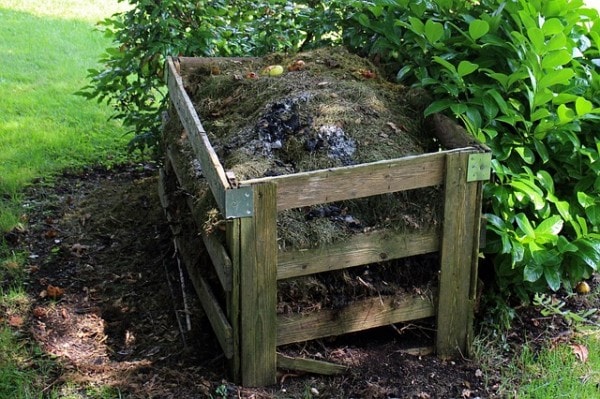
8. Use kijiji/craigslist or consignment shops
I have gotten some pretty amazing deals on kijiji – everything from toys to a dishwasher, to the rental house we’re currently living in! I love buying second-hand and getting stuff for a fraction of the cost that still works perfectly fine.
I especially love consignment shops for my kids’ clothing. I save hundreds (if not thousands) of dollars every year! Buying second-hand is almost always the more eco-friendly choice, and there are thrift store, consignment shops, and kijiji listings in abundance when you live in the city. I buy clothes, shoes, outerwear, and more. (Anything but underwear and socks!)
(This is what you get when you asked them to smile big. Or maybe they’re super excited about their 100% thrifted wardrobe. Either way they’re pretty cute.)

9. Share
One area in which our culture is sadly lacking compared to other cultures is in the community mindset, especially when it comes to our possessions. Does it sound silly to anyone else to have 300 lawnmowers in a subdivision, each one mowing no more than 100 square feet of grass, once a week?
Why not have a shared lawnmower? Or shared gardening supplies? Combining this concept with something like kijiji can bring you all kinds of awesome finds, like folks willing to share kefir grains or kombucha scobies!
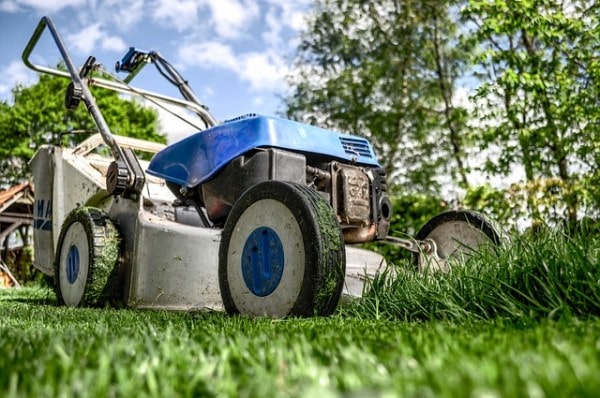
10. Buy local
There are lots of things you can buy local, especially if you find a great farmer’s market – fruits and veggies, meat, dairy, clothing, honey, toys, furniture, and the list goes on! When you buy local you help out the environment by not buying something that had to travel a long way causing air pollution and using fuel. Check your local farmer’s market, craft fairs, and local non-chain shops in your community.
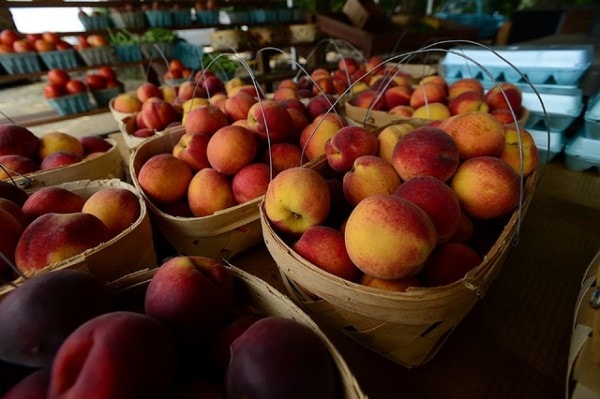
11. Resist stuff
It’s easy to get sucked in to the fast-paced, highly consumeristic culture in the city, but what is the cost? The short illustrated film “The Story of Stuff” is worth every minute of the twenty it takes to watch it. It is compelling and engaging, and will show you just exactly why our culture’s obsession with “stuff” is harming our planet. If you’ve never seen it, I highly recommend it!
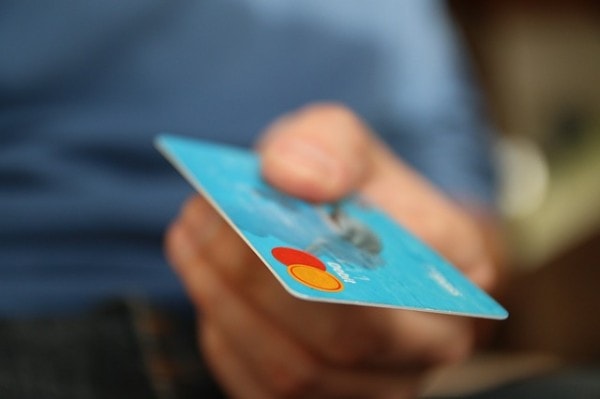
12. Experiences over things
One way to help reduce your consumption of the earth’s resources (especially cheaply made stuff in our throw-away culture) is to value experiences over things. Instead of a tangible item as a birthday gift, consider giving an “experience gift” such as concert tickets, passes to the museum, zoo, or park, a fun day at the beach, or even things like music lessons or summer camp.
These are all great gifts that don’t come with too much packaging, nor will they end up in a yard sale next summer! The possibilities are endless in the city!

13. Alternative energy
Dive into the world of renewable energy sources! This is an an area that I don’t yet know much about, but hope to learn. Solar and wind, geothermal, and community power are all fascinating ideas which are growing in popularity, and are totally doable in an urban setting! My city has a page set up to read more, or do a simple google search and start reading.

14. Collect rainwater
Like composting, it can be complicated, or it can be simple. There are expensive systems you can set up if you are really serious about it, but collecting rainwater can be as easy putting a barrel in your yard. The water you collect will be perfect for gardening and other outdoor uses, and it is the perfect way to use less from the tap.
According to this site with a tutorial, “A typical 40-by- 40-foot roof is capable of collecting 1,000 gallons of water from only one inch of rain.”
Wow! That’s pretty incredible. If you have a Berkey, you could even filter it for drinking water.
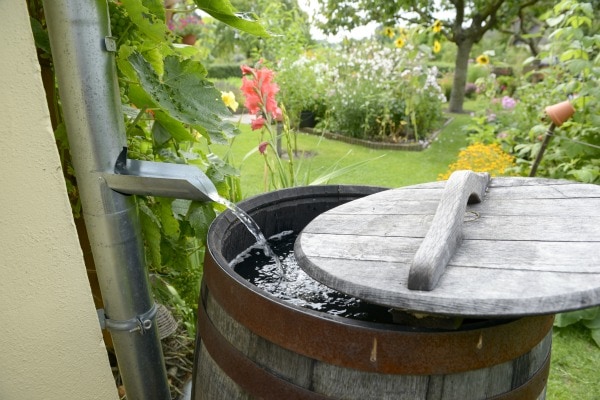
These are 14 ideas are just getting started. There are lots of ways to be an “urban homesteader”, embracing the mentality of simple, slow, eco-friendly living.
What ideas do you have for urban homesteading?
Original article and pictures take redandhoney.com site
Комментариев нет:
Отправить комментарий